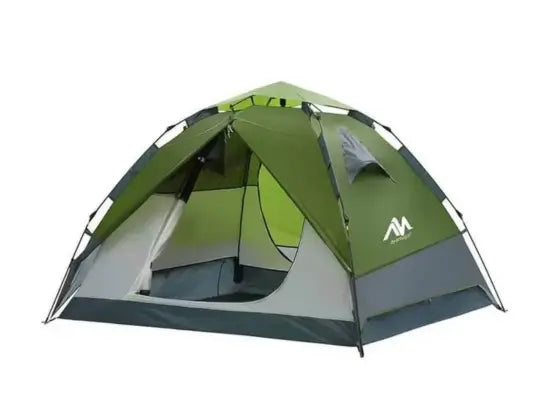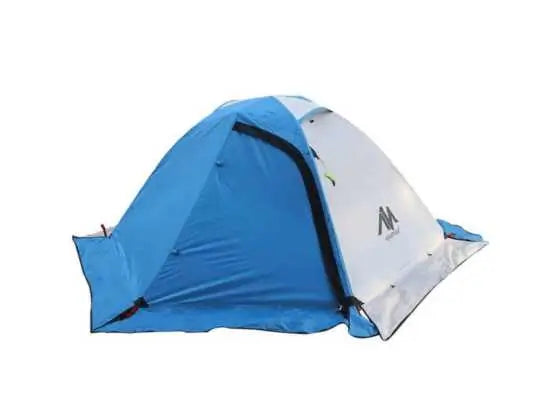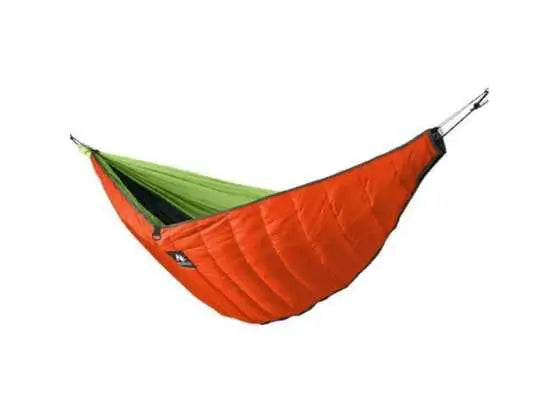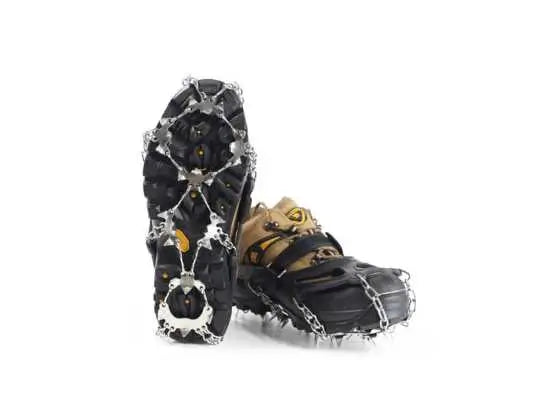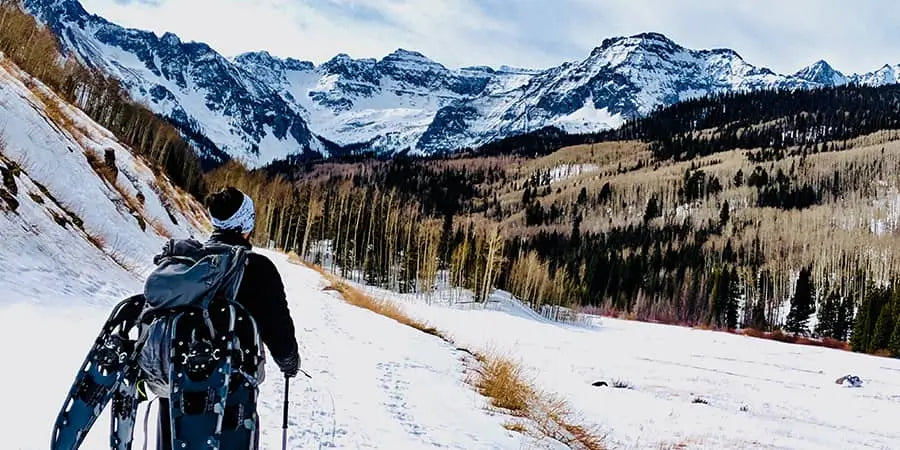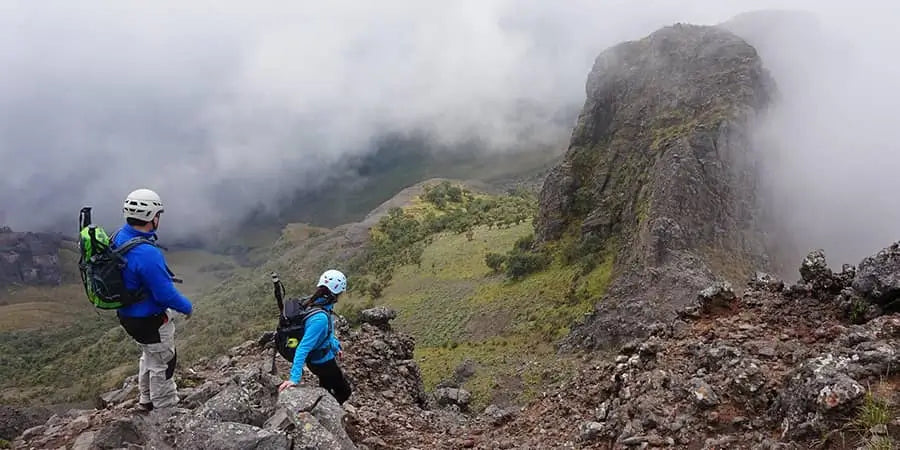Do you enjoy Hiking? If this is anything you do during your leisure days, then snowshoeing will be something you will want to try. If you can walk, then it becomes easy to test the snowshoeing. Snowshoeing is best during the winter, and it will be a milestone for those looking for winter sports.
Snowshoeing is more accessible than skiing and snowboarding, and every fun lover will like this. But did you know that everything has its shortcomings? Snowshoeing is easy, but you should check the safety tips for a better position.
Hold on, and let’s explore the tips for safe snowshoeing!
What you eat here is prudent!
Snowshoeing is an exercise that will burn lots of calories. You may end up burning over 1000 calories every hour! It should explain to you why it is essential to eat for energy. Whatever you will take should be capable of supplying sufficient energy that will fuel you through the snowshoeing.
Snowshoeing should not be a reason for overworking! The most significant consideration here is a healthful food. While starchy foods seem an option, you should be worried about creating mucus that may block the airways. Anything that impairs exercises should be avoided because you don’t need to harm your body processes.
When snowshoeing, it may be best to consider vitamins and minerals. A fresh juice blend, vegetables, and more of the green leafy foods will be a great option. You should also not forget healthy carbohydrates because they will be the source of proteins.
The trick here is to balance the diet to avoid missing out on some nutrients. It may be worth checking the online recipes for insights on the best diets. But, just for the record, a balanced diet should contain proteins, carbs, minerals, and vitamins. Do not overdo the carbs because we are worried about the blockages that may interfere with the snowshoeing activity.
Note that while packing for any camping, hike, or outdoor activity, you will have time as a constraint, and you should always have fast food. If you are snowshoeing for more than an hour, you will need to watch out for the best drinks because you ought not to focus on the sugary food that may cause you to rash in the middle of the activity.
Do a thorough preparation

Note that snowshoeing is an activity you will be doing in frozen water. The common issues that arise during snowshoeing include altitude sickness, frostbites, falls, and hypothermia. It implies that a first aid skill will be virtual instances of such accidents that are common when snowshoeing.
It won’t take long before you become an expert in first aid skills. Learn it before you set off for outdoor activity because you never know when an issue will strike. The lead items that should not miss are the snowshoes, grips, ropes, crampons, trekking poles, mylar, and Led headlamp. You should also have your first aid kit in place, matches, knives, and other items that may be helpful during the activity.
Acknowledge that you won’t be able to do everything by yourself
A solo snowshoeing will seem pleasant if you are the kind that understands the activities that involve snowshoeing. Building a snow cave happens to be the first activity that should come in handy before you set off, and you are not sure how to make a snow cave. You should not even think about solo snowshoeing. Here you may be brushing through the ski poles for extra weight. But what if the weather changes and you start facing the hostility of the unfamiliar terrains?
At this point, you start noticing the benefits of a ski pole because it will save you in cold weather conditions.
You are not an expert in everything, and you should always be ready to acknowledge your shortcomings.

Familiarize yourself with a map and a compass
You will be headed out for a hike in a familiar or unfamiliar place. Before you set off, it is prudent to familiarize yourself with the business because you need to be aware of the areas that accord you the best experience. Note that you won’t be relying on your digital gadgets because you may lose the signal, which will be the beginning of your troubles.
Many things may chirp in to interfere with your GPS, and you should be armed with plan B, just in case things get tough. Be ready to navigate the old-school way if things go wrong.
Be aware of the snow you will be snowshoeing.
Before you get started with snowshoeing, you should know the type of snow you will be dealing with. Of course, the snow sports department will always tell their clients about the kind of snow they will be dealing with, but doing your due diligence is vital.
There are many things to check when learning about the snow type in your area. You will be reviewing the basic snowshoeing techniques, the risks involved, and the possible weather conditions that may alter things for you. Be able to pinpoint the weak snow spots and the potential risk of moving water under the ice. They are helpful when planning a better excursion free of accidents and other hazards.
Summary
In summary, a better snowshoeing experience takes your preparation. Consider the five tips above, and it will be worthwhile if you make your additions and add other things necessary for a memorable snowshoeing experience. It doesn’t have to be characterized by incidences. It is prudent to pay attention to the tips because they are the only guides to the best experiences.

